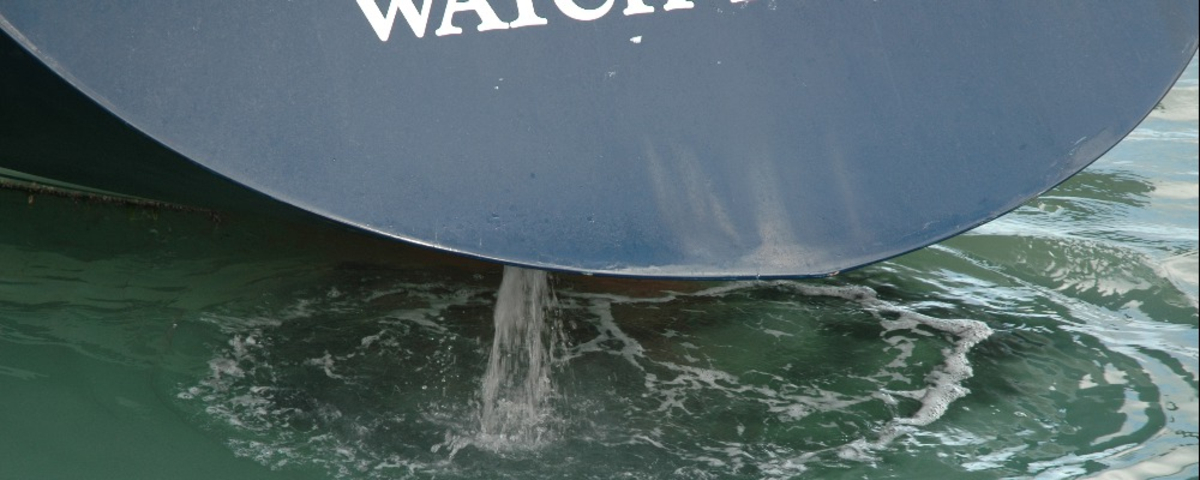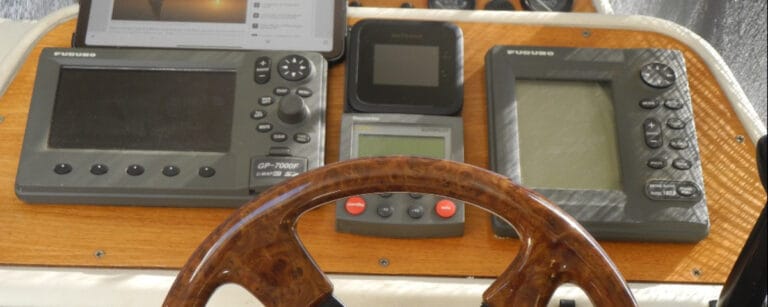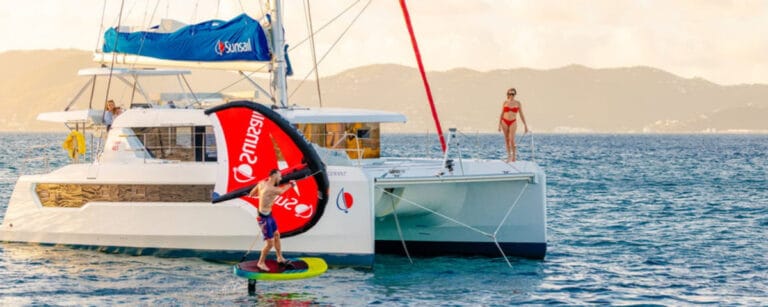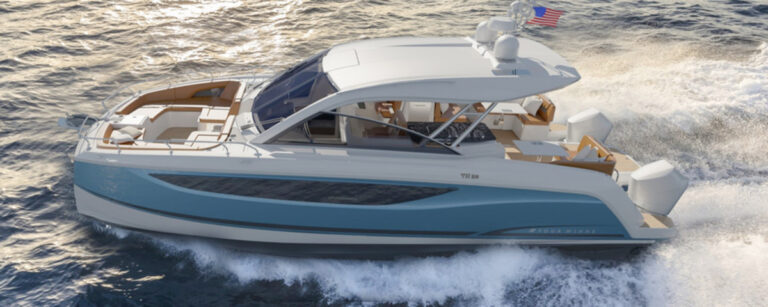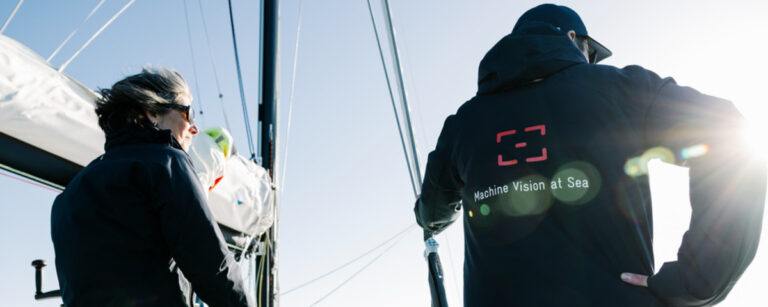Marine heatwave: Dangerous for my engine’s cooling?
Understanding and Maintaining Your Boat’s Engine Cooling System
Your boat’s engine relies on a cooling system to prevent overheating and ensure optimal performance. This article explains how these systems work, what to do if your engine overheats, and provides essential maintenance tips.
How Cooling Systems Work
Marine engines employ various cooling methods, including direct, indirect, and keel cooling. Direct cooling, common in smaller engines, involves drawing seawater directly into the engine block before expelling it. Indirect cooling uses a heat exchanger and a closed-loop system with coolant, similar to a car engine. Keel cooling, less frequent, circulates coolant through tubes located under the hull, where it’s cooled by contact with the water.
Maintaining a Constant Temperature
Diesel engines are designed to operate around 87°C (189°F). To maintain this temperature regardless of engine load, indirect cooling systems use a heat exchanger with a “honeycomb” of small copper tubes through which seawater flows. A thermostat regulates coolant flow based on seawater temperature. When the engine is cold, the thermostat remains closed. Once the engine reaches operating temperature, it opens, allowing coolant to circulate.
Engine Overheating: What to Do
An overheating engine is typically indicated by a warning light, audible alarm, or a temperature gauge reading. To prevent serious damage, such as a blown head gasket, immediately check the engine’s water discharge. If there’s no water flow, shut off the engine. The most common cause is a problem with the cooling system, preventing water circulation. Inspect the water pump impeller for damage.
Marine Heatwaves and Engine Performance
Both direct and indirect cooling systems rely on seawater to cool the engine. While elevated seawater temperatures might seem concerning, the operating temperature of the engine is much higher than the seawater temperature. If an engine overheats, it’s usually due to a problem within the cooling system itself, not the seawater temperature.
“If there’s no water flow, the engine overheats rapidly and can cause serious damage.”
Troubleshooting at Sea: No Water Flow
As mentioned, lack of water flow leads to rapid overheating and potential engine damage. The two most common causes are a blocked water intake or a faulty water pump impeller. Carrying a spare impeller and knowing how to replace it is crucial. Check the water intake strainer for obstructions like plastic bags or seaweed. These are the first points to inspect. Remember that running a water pump without water can quickly damage the impeller.
Replacing the Water Pump Impeller
- Close the seawater intake valve.
- Open the pump cover.
- Remove the impeller and inspect its condition.
- Thoroughly clean the impeller housing.
- Lubricate the inside of the housing with the grease (glycerin) provided in the kit.
- Install the new impeller, ensuring correct rotation direction, and lubricate the O-ring with glycerin.
- Install the paper gasket (provided in the kit).
- Reinstall the cover after cleaning.
- Open the seawater intake valve.
- Start the engine.
Essential Tips
Cooling system issues are common and can occur during navigation. Every boater should be prepared to address them. Always carry a spare impeller that matches your engine, along with its gaskets and glycerin grease. Keep the necessary tools (screwdriver or wrench) for removing the pump cover screws stored with the spare impeller. Consider carrying a plug (pinoche) that matches the diameter of the hose between the seawater filter and the pump to prevent water ingress if you need to disconnect it.
Enjoyed this post by Thibault Helle? Subscribe for more insights and updates straight from the source.

